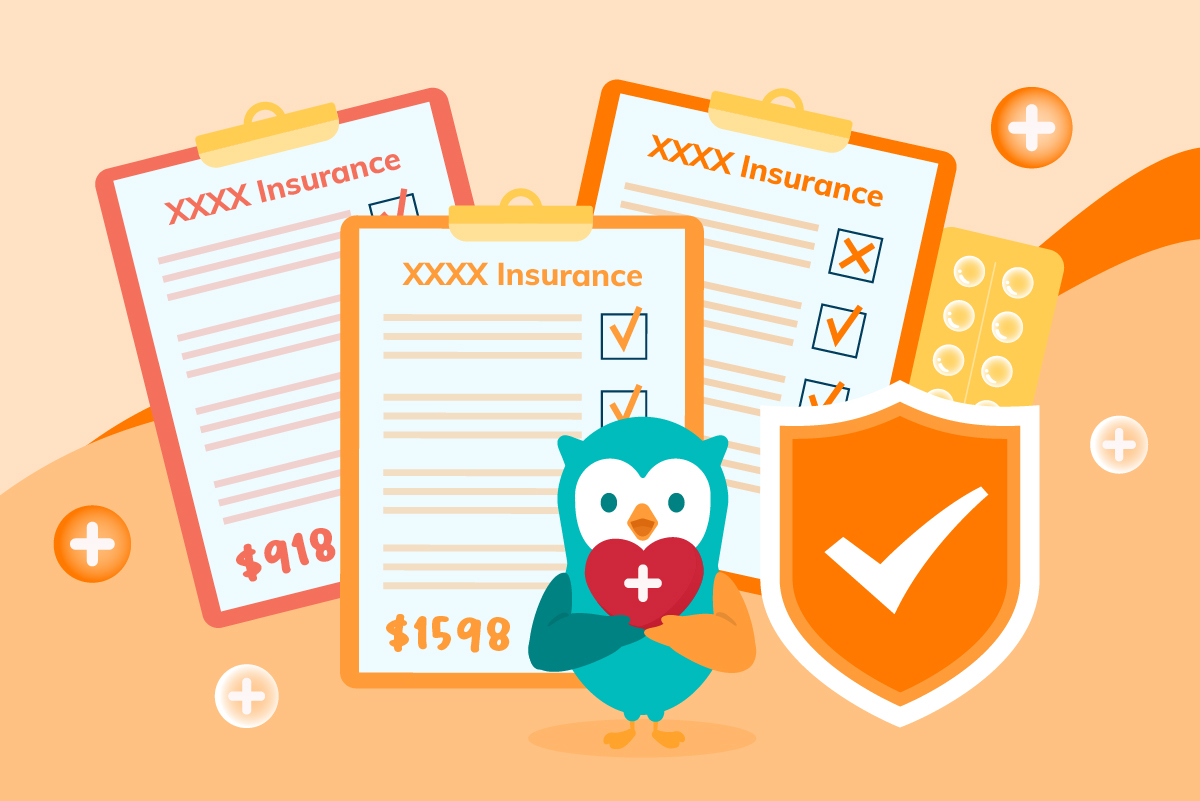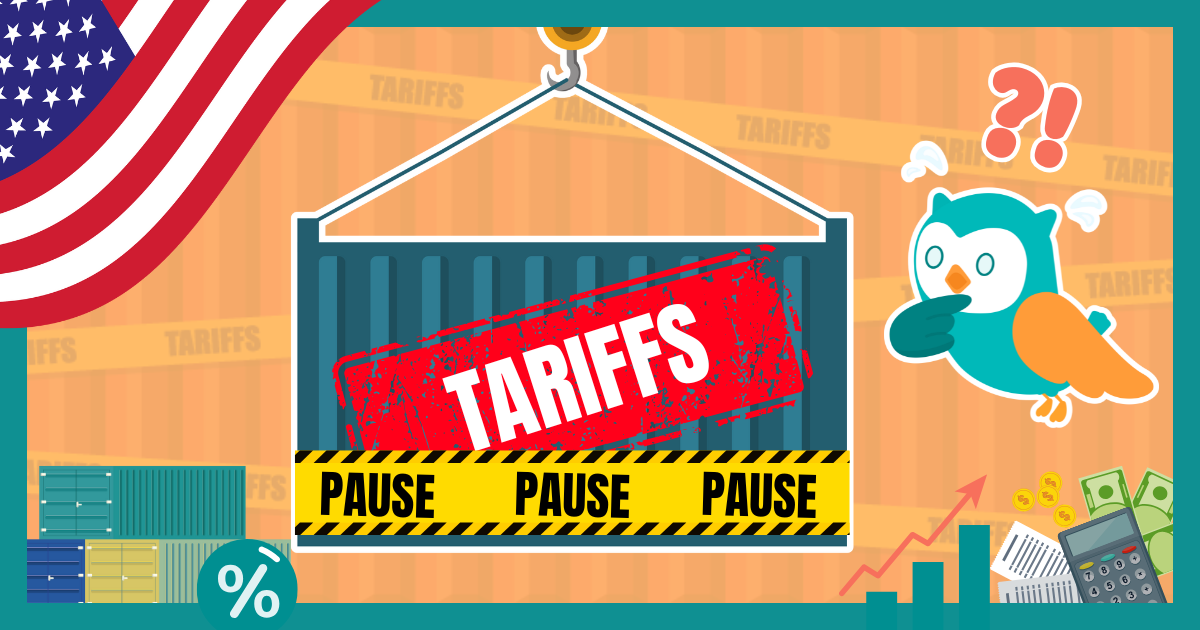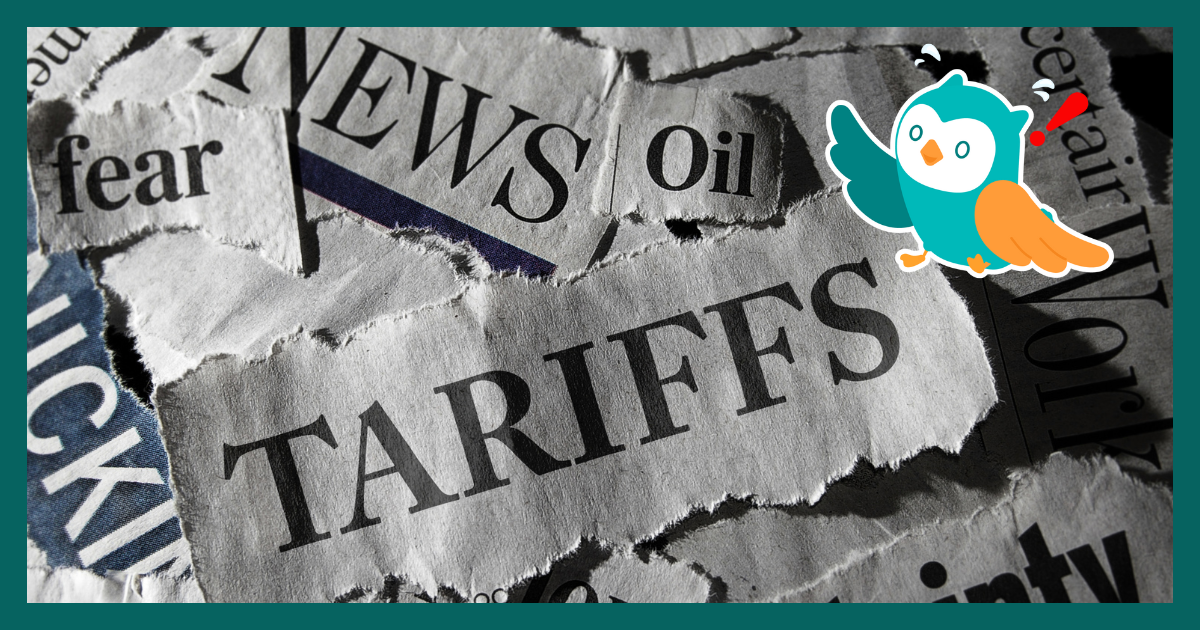Note: It was announced in November 2023 that MoneyOwl will be acquired by Temasek Trust to serve communities under a re-purposed model, and will move away from direct sale of financial products. The article is retained with original information relevant as at the date of the article only, and any mention of products or promotions is retained for reference purposes only.
______________
Why you should embrace the CPF system and how to optimise your CPF savings
The 2019 Melbourne Mercer Global Pension Index which was published in October 2019 scored Singapore’s pension system (proxied by the CPF) a B, the highest rating accorded to an Asian country. The B score was also given to Scandinavian countries like Finland, Norway, Sweden, and Switzerland so perhaps the notion that our pension system is Swiss standard isn’t that far off a claim.
Nevertheless, despite the scores given to our social security system by an independent global ranking body, it is never a day gone by that we do not hear complaints about our CPF system. Whether it is about the stringent rules around withdrawals, the lack of control, or the less than stellar returns, there is always one naysayer condemning the policies.
Perhaps the source of all the unhappiness stems from the lack of understanding of the CPF system which is mired by all the complexities and evolving rules of our national pension scheme. Couple that with general indifference by Singaporeans towards the monies locked up in the CPF accounts and retirement planning, it is not hard to imagine why the CPF gets such a bad rap.
Introducing MoneyOwl CPF Analyser
At MoneyOwl, we regard our CPF differently. We choose to embrace the system and find ways to help our clients make sense, personalise and optimise their CPF savings so that it can effectively perform its role as the bedrock of their retirement income.
We help our clients see how their CPF LIFE payouts and CPF savings can complement their own cash savings and investments to form multiple streams of retirement income from their desired retirement age. Through this approach, our clients come to appreciate their CPF as a useful tool for retirement planning which should be given the same amount of care and attention as the money in their bank.
How can we do this? Underlying this ability to help our clients optimise their CPF is MoneyOwl’s very own CPF Analyser. This proprietary tool can project your CPF balances into future years. It considers how your contribution and allocation rates change with income and age. It also factors the complex rules and limits in interest crediting, overflows between accounts as well as top-up and withdrawal limits for most of the CPF schemes. With the available balances one has at retirement, the CPF Analyser calculates your likely CPF LIFE annuity payout to a high degree of accuracy, using an actuarially formulated model. This tool has enabled us to help our clients see for themselves how their CPF LIFE payouts will change with the decisions they make with their CPF savings. This opens the door for a new level of discussion about how they can achieve their life goals.
To demonstrate the capability of the CPF Analyser, we will be exploring three profiles with different dilemmas and how such information can aid them in their decision-making over the next few articles. These common scenarios include whether (i) one will have enough CPF to buy their first home, (ii) the impact of upgrading on retirement, and (iii) balancing children’s education funding with retirement.
Profile 1: David recently started work. He intends to settle down by age 30 and wonders if he will have enough savings to pay the downpayment of a BTO flat. As this is his first job, he has little CPF savings.
Age: 25 years old
Salary: $3,000/month
Annual Bonus: 2 months
Avg annual increment: 3%
CPF Balances: $0
As only CPF Ordinary Account (OA) savings can be used to purchase his property, we examine the inflows and outflows of only the OA over the next 5 years in the table below.
David asks,
Will I have enough OA to buy my first home?
| Current OA Balance in 2019 | $0 |
| Total OA Contributions | $51,286 |
| Total OA Interest Earned | $3,212 |
| Total OA Withdrawals (for DPS) | ($180) |
| OA Balance at end 2024 | $54,318 |
If the BTO flat of his choice costs $400,000, he will need to pay an upfront amount of $46,600, comprising a 10% downpayment of $40,000 and a buyer stamp duty of $6,600. The good news is that he will have enough savings in his OA to pay for this fully, though doing this will essentially reset his OA balances to $0.
This article was contributed by MoneyOwl’s Solutions Team.




